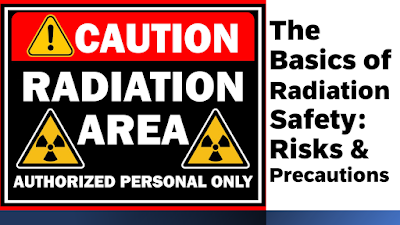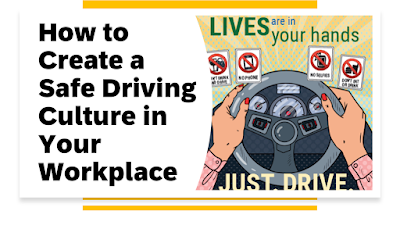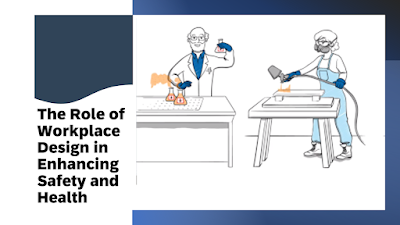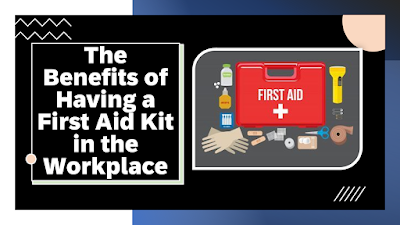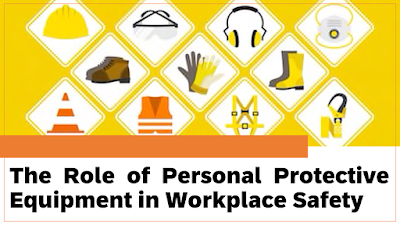Navigating Safety Challenges in High Risk Industries
Safety is paramount importance
in all types of industries and its very important for the high risk industries
such as oil and gas, mining, construction, and transportation. These industries
are essential for the growth of economies, but they come with significant risks
to employees and the environment. In this article, we will discuss the safety
challenges faced by high-risk industries and how to navigate them.
The high-risk industries have many safety challenges, and it is varied and complex. The nature of work in these industries involves working in hazardous conditions, dealing with heavy machinery, and handling hazardous materials. Additionally, the work is often done in remote areas because of its nature hazards and the exposure to environment & to the public around the industries, where medical and emergency services may not be readily available. Some of the most common safety challenges in high-risk industries include:
Workplace accidents:
Workplace accidents can result from many factors, including human error,
malfunctioning equipment, and inadequate safety measures. The incidents in the
high risk industries are very dangerous and the impacts is very high compared
to other general industries.
Exposure to hazardous materials:
Employees in high-risk industries may be exposed to hazardous materials such as chemicals, gases, and dust, which can cause long term health problems. The short term exposure to high concentration is also very dangerous in high risk industries.
Physical strain and fatigue:
The nature of work in high-risk industries can be physically demanding, which can lead to injuries and fatigue. Because of complex in nature, many activities are executed manually by the employees which makes fatigue and physical strain to employees which resulting incidents or injuries.
Psychological stress:
The pressure of working in high-risk industries can cause psychological
stress, which can lead to health problems.
Environmental risks:
High-risk industries can have a significant impact on the environment. For example, oil spills can cause long-term damage to ecosystems and communities.
To navigate these safety challenges, high-risk industries must implement comprehensive safety programs that address all aspects of workplace safety. Here are some strategies that can help:
Prioritize safety:
The
high risk industries should have the detailed safety plan consist of world
class best practices. Safety should be a top priority in all high-risk
industries. Companies should develop a safety culture that emphasizes the
importance of safety at all levels of the organization.
Provide proper training:
Employees must be adequately trained to identify hazards and work safely. Training should be ongoing and should cover all aspects of workplace safety. The advanced technological aids to be utilized for safety training in the high risk industries like Virtual Reality, Animated training etc.
Use the right equipment:
Workers should have access to the right equipment and tools to do
their jobs safely. Equipment should be regularly inspected and maintained to
ensure it is in good working condition.
Implement safety protocols:
High-risk industries should have comprehensive safety protocols in place that address all potential hazards. These protocols should be regularly reviewed and updated as necessary.
Foster a culture of reporting:
The positive safety culture in the high risk industries will help
employees to report more unsafe condition and situation and by taking the
required action will develop the safer workplace and happy employees. Employees
should feel comfortable reporting safety concerns and near-misses. This will
help identify potential hazards and prevent accidents from happening.
Embrace technology:
Technology can be used to improve safety in high-risk industries. For example, sensors can be used to monitor equipment and detect potential problems before they cause accidents.
Monitor and analyze data:
High-risk industries should monitor and analyze data related to workplace
safety to identify trends and areas for improvement.
Conclusion
Safety is of utmost importance in high-risk industries. To navigate safety
challenges in these industries, companies must prioritize safety, provide
proper training, use the right equipment, implement safety protocols, foster a
culture of reporting, embrace technology, and monitor and analyze data. By
taking these steps, companies can create a safe workplace that protects workers
and the environment.


